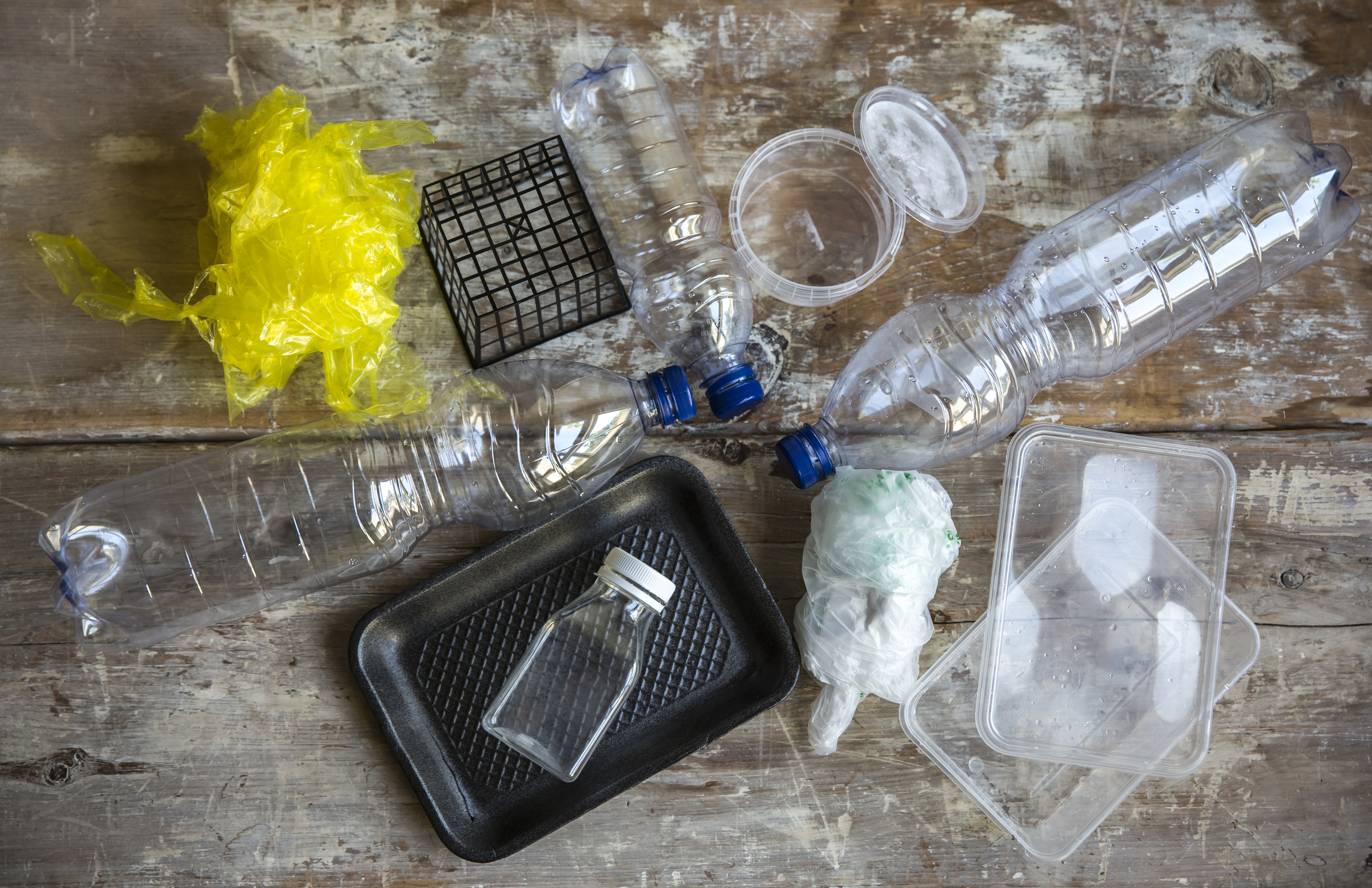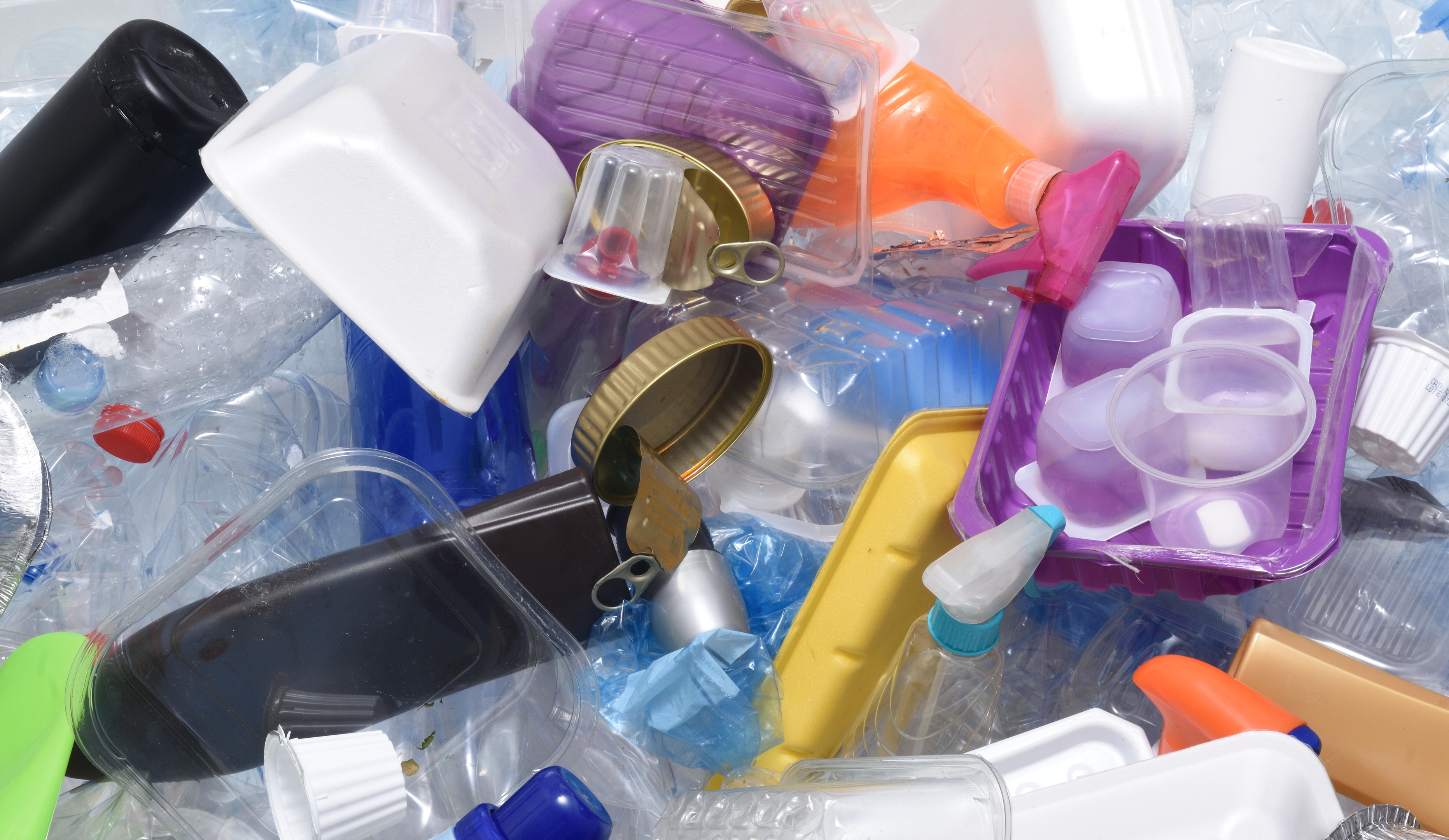ALMOST a third of plastic packaging used by UK supermarkets is either non-recyclable through kerbside or retailer collection schemes or difficult to recycle, a consumer group has found.
Which? is calling for the Government to make clear and simple recycling labelling compulsory after finding that up to 29% of packaging is likely to go to landfill.
The watchdog’s investigation of 27 own-brand items at 10 major supermarkets found that Lidl had the lowest proportion of widely recyclable packaging at 71%, followed by Iceland (73%), Ocado (74%) and Sainsbury’s (75%).
The best performer was Morrisons with easily recyclable packaging for 81% of its tested products.
READ MORE: In the face of growing plastic pollution, meet Scotland’s eco-companies
Some groceries had non-recyclable packaging no matter which supermarket they came from, such as easy-peel oranges which were all sold in nets with plastic labels.
Easy peeler nets are not recyclable through kerbside collections or supermarket recycling banks, and can cause breakdowns if they wrongly end up in a sorting plant.
A significant proportion of packaging – as much as 10% of Waitrose’s basket of goods – could only be recycled at supermarket collection points rather than at the kerbside.
However this was not always clear on the labelling, while a separate survey showed that just 9% of shoppers always or often take packaging back to a supermarket to be recycled.
Which? said they found “huge” inconsistencies within recycling labelling, with some items not labelled at all, and believed that some packaging marked as non-recyclable was recyclable at supermarket banks.
WATCH: Scotland’s wild beaches ‘knee deep’ in plastic and rubbish
Which? director of research and publishing, Nikki Stopford, said: “Which? believes a lot more can be done to increase the amount of recyclable packaging and the way it is labelled so that consumers know what can be recycled and how to recycle it.
“The plastic pollution crisis makes it more crucial than ever that the Government, manufacturers and supermarkets do the best they can to banish plastic that cannot be recycled and promote the use of less damaging packaging.”
Lidl said: “We fully support the need to tackle the important issue of plastic waste which is why we recently launched our ambitious plastic reduction targets and have a task force in place who are dedicated to delivering these commitments.
“We are in the process of conducting a comprehensive review of our entire packaging footprint, and estimate that the vast majority of our packaging is widely recyclable under the industry standard OPRL (On Pack Recycling Labelling) scheme.
“We therefore do not believe that the small sample used in the report is representative or reflective of our full product range.”
Tesco has pledged to make all its plastic packaging recyclable by 2025, while the CO-OP and Sainsbury’s are aiming the same for 2020.

Enjoy the convenience of having The Sunday Post delivered as a digital ePaper straight to your smartphone, tablet or computer.
Subscribe for only £5.49 a month and enjoy all the benefits of the printed paper as a digital replica.
Subscribe
